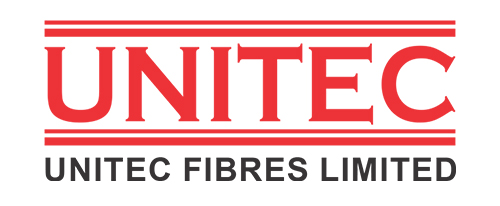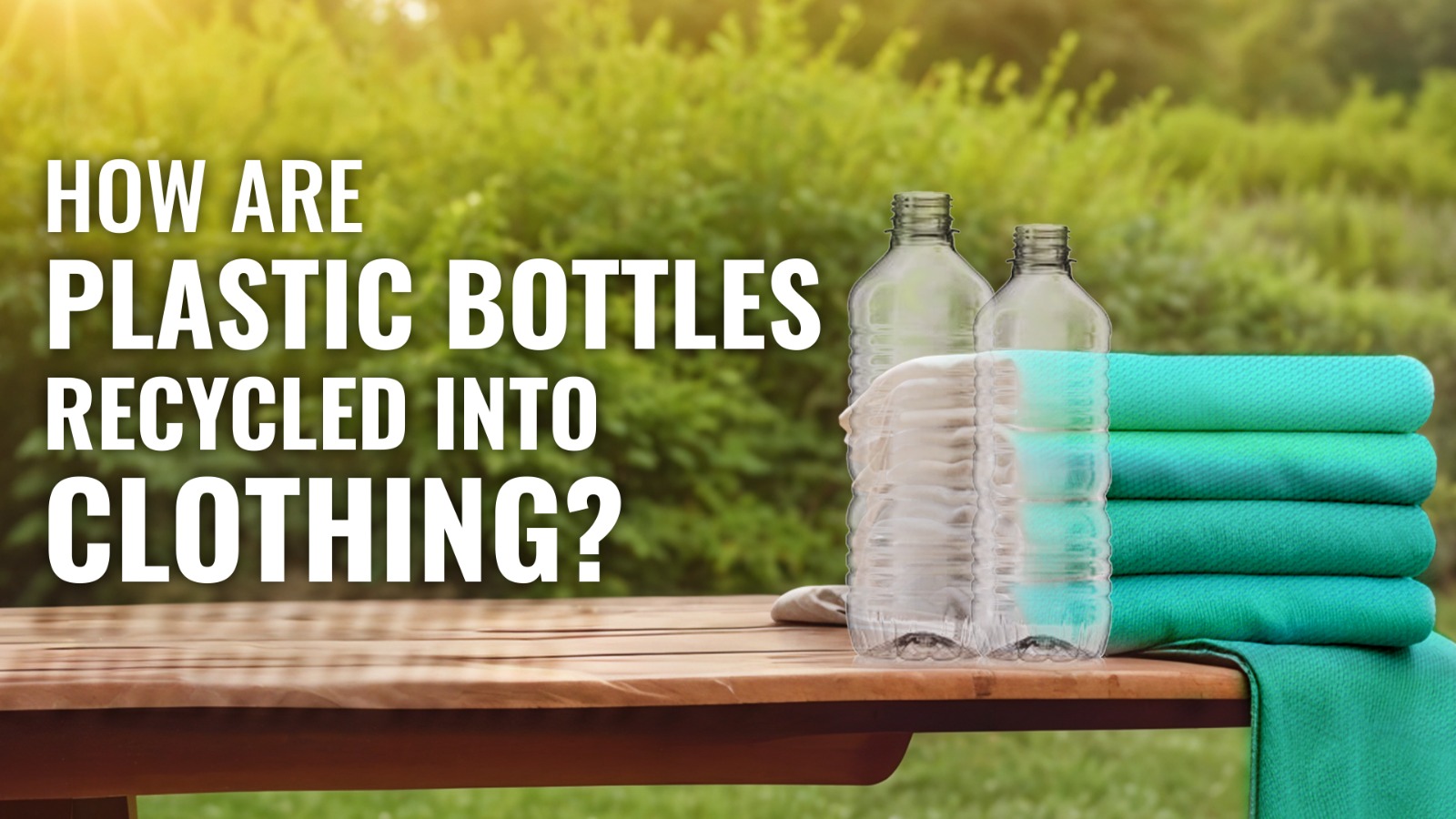Have you ever wondered how your used plastic bottles can be transformed into stylish clothing? It may sound like magic, but it’s actually a cutting-edge process that gives new life to overall plastic waste. At Unitec, we’re aiming to reduce plastic pollution by turning discarded bottles into sustainable fibers for the fashion industry. We have distinguished ourselves as a leader in the PET recycling sector, revolutionizing the production of premium polyester fibers from recycled raw materials.
The Process in Which Plastic Bottles are Recycled Into:
Step 1: Collection and Sorting
The process starts with the gathering of plastic bottles. These bottles are collected through recycling programs, waste management systems, and even individual efforts. Once the discarded bottles are collected, they are then sorted to separate recyclable plastics from other types of waste. Only bottles made from PET (polyethylene terephthalate) plastic are suitable for this process, as PET is durable, lightweight, and easily recyclable.
Step 2: Cleaning and Shredding
Once done with sorting, the bottles are thoroughly cleaned to remove labels, caps, and any residue. This step ensures that only pure plastic moves to the next stage. The clean bottles are then fed into a machine that shreds them into small flakes or pellets. These tiny pieces make it easier to process and transport for the following steps.
Step 3: Crafting Innovative Fibres
With that, the next process involves plastic flakes being melted down into a thick liquid form. This molten plastic is then pushed through fine holes in an extrusion process, which creates long, thin fibers out of the shredded plastics. These fibers, often called filaments, form the base for synthetic fabrics like polyester.
Step 4: Spinning into Yarn
The next step involves the extruded fibers being cooled, stretched, and spun into yarn. At this stage, the fibers now take on strength and elasticity, making them suitable for weaving or knitting. The resulting yarn can either be used as is or blended with other materials, such as cotton or wool, to create different textures and properties.
Step 5: Weaving and Dyeing
The yarn is then woven into fabric, ready to be dyed with colors and finished. Advanced dyeing techniques ensure that the colors are vibrant and long-lasting while minimizing water and chemical usage. The fabric can now be used to create a variety of clothing items, from activewear to casual wear.
Why Recycle Plastic into Clothing?
By choosing clothing made from recycled materials, consumers can make a significant impact on the environment. Each item purchased supports a circular economy and helps protect the planet for future generations.
At Unitec Fibres, we’re proud to play a role in this innovative solution to plastic pollution. Together, we can reduce waste and pave the way for a more sustainable future ahead. So, the next time you recycle a plastic bottle, remember: it could one day become your favorite T-shirt!

